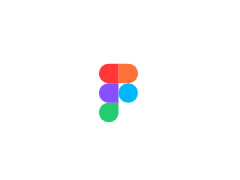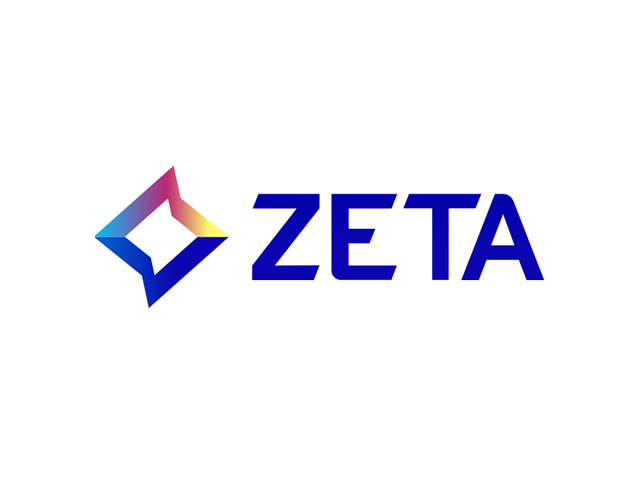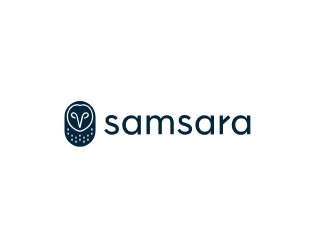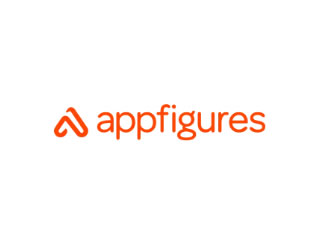Figma, founded in 2012 and headquartered in San Francisco, California, is a leading cloud-based design and collaboration platform that has revolutionized how individuals and teams create digital products. Unlike traditional desktop design tools tied to specific devices, Figma operates primarily through web browsers, with support for Windows, Mac, and Linux systems. Its core mission is to make design accessible to everyone, bridging gaps between designers, developers, product managers, and stakeholders throughout the entire creative and product development workflow. Today, it is trusted by teams at global enterprises like Zoom and has become an indispensable tool for both solo creators and large organizations.
Figma offers two flagship products that work in tandem to cover every stage of the design process, from brainstorming to final prototyping:
Figma DesignAs the platform’s core design tool, it empowers users to turn ideas into refined, interactive digital designs. It excels at creating user interfaces (UIs), vector graphics, and responsive layouts for websites, mobile apps, and other digital products. Key capabilities include a flexible pen tool for drawing vector networks in any direction without path constraints, auto layout for building responsive components that adapt to content changes, and support for OpenType and variable fonts for customized typography. Users can craft realistic, no-code prototypes directly on the canvas, fine-tuning interactions to test user experiences without switching to external tools. The tool also supports pixel-perfect precision with rulers, guides, and pixel grids, ensuring designs align with technical requirements for development.
FigjamThis is Figma’s collaborative online whiteboard, designed for spontaneous brainstorming, meetings, and early-stage idea exploration. It features a user-friendly interface with tools like sticky notes, shapes, drawings, and images, making it easy for even non-designers to participate. Team members can connect in real time with emotes, stamps, and cursor chats to foster engagement. Figjam typically serves as the starting point for projects—teams can sketch concepts here first, then seamlessly transition to Figma Design when ready to refine and prototype those ideas.
Figma’s success stems from its focus on collaboration and workflow optimization, with features that streamline how teams work together and create:
- Real-Time Multiplayer Collaboration: A defining feature of Figma is its ability to let multiple users edit the same design file simultaneously. Team members can see each other’s changes in real time, while stakeholders can leave contextual comments directly on the canvas to provide targeted feedback. This eliminates the hassle of sharing multiple file versions and accelerates the review process, supporting both synchronous and asynchronous work styles.
- Version Control and Iteration: The platform offers robust version control, allowing users to branch off from main design files to explore creative variations freely. These iterations can later be merged back into the primary file, ensuring teams can experiment without risking core design integrity. It also tracks edit histories, making it easy to revert to previous versions if needed.
- Design System Standardization: To maintain consistency across large products or brands, Figma enables teams to standardize styles, components, and variables. These reusable design systems ensure elements like colors, padding, and buttons remain uniform across all designs, scaling seamlessly as products grow and reducing repetitive work.
- Extensibility and Integration: The platform supports a vast ecosystem of community-built plugins and widgets that extend its functionality—from automating tedious tasks to integrating with data sources. It also connects with popular tools like Asana and Microsoft Teams, allowing users to sync design files with project management and communication workflows. Additionally, the Figma Mirror companion app for iOS and Android lets users test prototypes directly on real devices.
- Accessibility and Resource Library: Figma’s web-based nature means users can access their files from any device with an internet connection, no complex installations required. It also provides a rich library of templates—including wireframes, UI kits, and research guides—to help teams kickstart projects quickly. New users can leverage tutorials, documentation, and community forums to learn the tool efficiently.
Figma offers tiered plans to meet the needs of casual users, professionals, and enterprises:
- Free Plan: Ideal for individuals and small teams, it includes unlimited files, up to three pages per file, and unrestricted sharing with viewers. It provides full access to basic Figma Design and Figjam features for casual use or trial.
- Paid Plans: Tailored for professional teams and enterprises, these plans unlock advanced features like unlimited pages, enhanced admin controls, and priority support. They also cater to large-scale collaboration needs, such as managing team libraries and controlling access permissions.
- Educational Access: Figma also offers special access for students and educators, making its tools available for learning and classroom projects.

















